The world of food science is filled with fascinating measurements and metrics that help us understand the textures we experience every day. Among these, the Bloom value stands out as a critical indicator of gelatin strength, particularly when it comes to the delightful wobble of a perfectly set jelly or the satisfying snap of a gummy bear. This seemingly simple number holds the key to predicting how a gelatin-based product will behave, from its mouthfeel to its structural integrity.
Named after Oscar T. Bloom, the American chemist who developed the test in the 1920s, the Bloom test measures the force required to depress a standard plunger into a gelatin gel under controlled conditions. The test might sound straightforward, but its implications ripple through multiple industries. Chefs, food manufacturers, and even pharmaceutical companies rely on Bloom values to achieve precise textures in their products. A higher Bloom value indicates a firmer gel, while lower values produce more delicate structures.
What makes the Bloom scale particularly interesting is how it translates to real-world applications. A dessert jelly might use gelatin with a Bloom strength of 150-200, while gummy candies often require 200-250 Bloom for that characteristic chew. At the extreme end, some technical applications use 300+ Bloom gelatin for products that need to maintain their shape under stress. The scale isn't linear either—a 300 Bloom gelatin isn't simply twice as strong as 150 Bloom, but exhibits more complex rheological differences.
The process of determining Bloom value is as much an art as it is a science. Laboratories maintain strict protocols for sample preparation, ensuring the gelatin solution is prepared at precise concentrations and cooled under controlled conditions. The test itself must be performed at exactly 10°C, with careful attention to the timing of measurements. Even slight variations in procedure can lead to different Bloom readings for the same gelatin sample, which is why standardized methods are so crucial for comparison.
Beyond the kitchen, Bloom values find surprising applications. In photography, high-Bloom gelatin was historically used to coat photographic plates and films. The pharmaceutical industry uses specific Bloom strengths for capsule production—too soft and the capsules won't hold their shape, too firm and they might not dissolve properly in the digestive system. Even some cosmetics rely on carefully selected gelatin Bloom values to achieve the right consistency in products like face masks.
Modern food science continues to push the boundaries of what we understand about gelatin strength. Researchers are exploring how Bloom values interact with other ingredients—how sugars can effectively increase perceived firmness, or how acids might weaken gel structures despite high Bloom ratings. There's growing interest too in plant-based alternatives that can mimic specific Bloom characteristics, challenging gelatin's long dominance in texture creation.
The next time you enjoy a silky panna cotta or bite into a fruit jelly, remember there's an entire science behind that perfect texture. The Bloom value, though rarely mentioned outside technical circles, represents one of food technology's quiet triumphs—a simple number that helps create countless moments of culinary delight. As food textures continue to evolve in both traditional and innovative products, this nearly century-old measurement remains as relevant as ever.
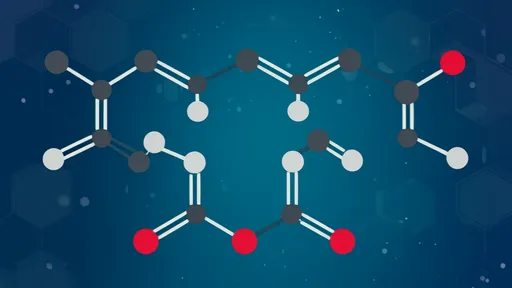
By /Jul 14, 2025
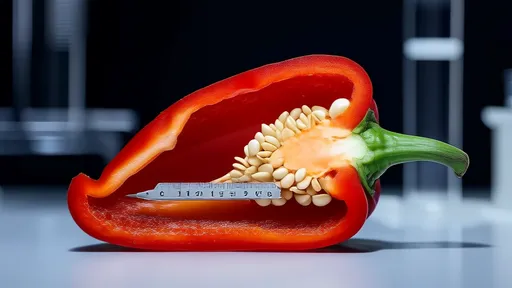
By /Jul 14, 2025
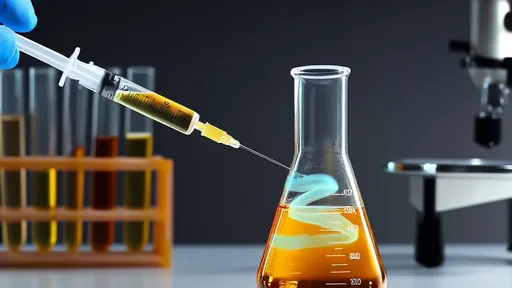
By /Jul 14, 2025
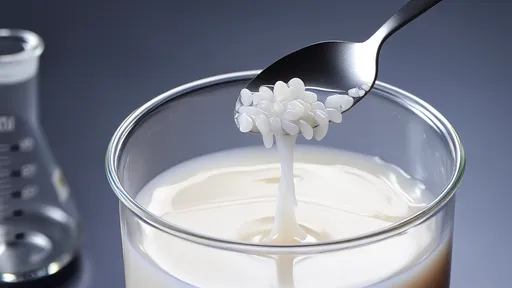
By /Jul 14, 2025

By /Jul 14, 2025
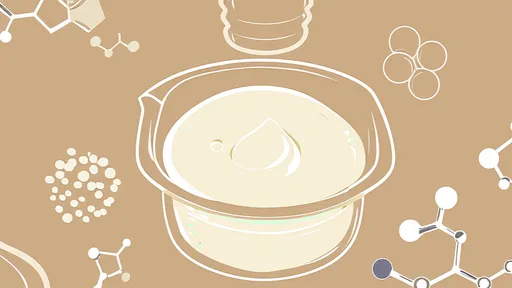
By /Jul 14, 2025

By /Jul 14, 2025
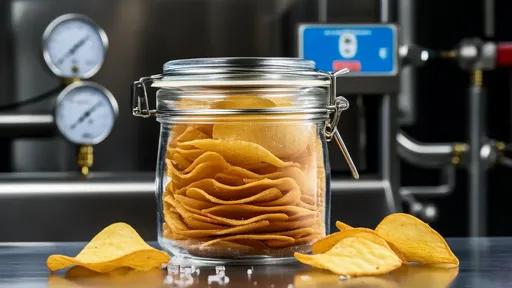
By /Jul 14, 2025

By /Jul 14, 2025
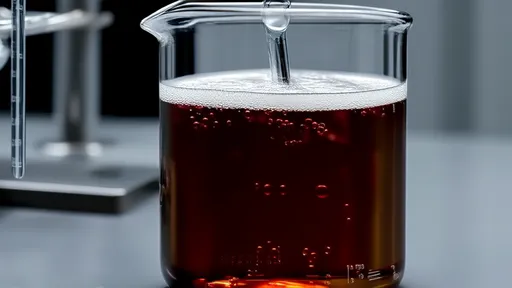
By /Jul 14, 2025
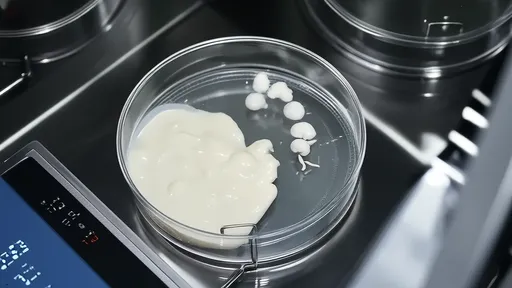
By /Jul 14, 2025
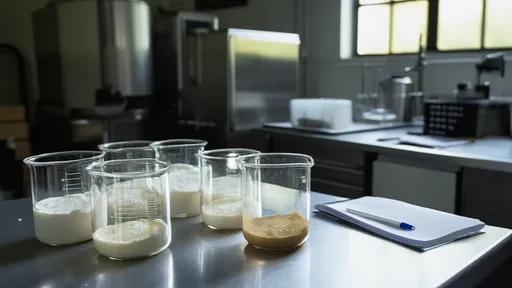
By /Jul 14, 2025

By /Jul 14, 2025
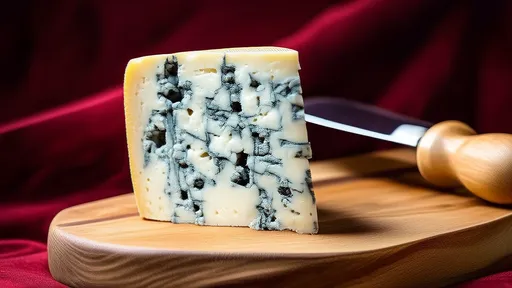
By /Jul 14, 2025

By /Jul 14, 2025

By /Jul 14, 2025

By /Jul 14, 2025

By /Jul 14, 2025